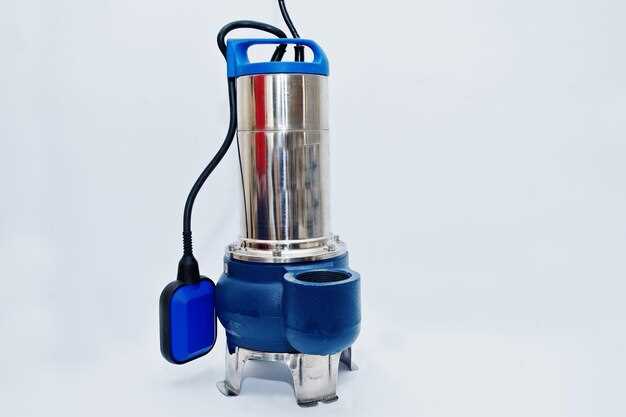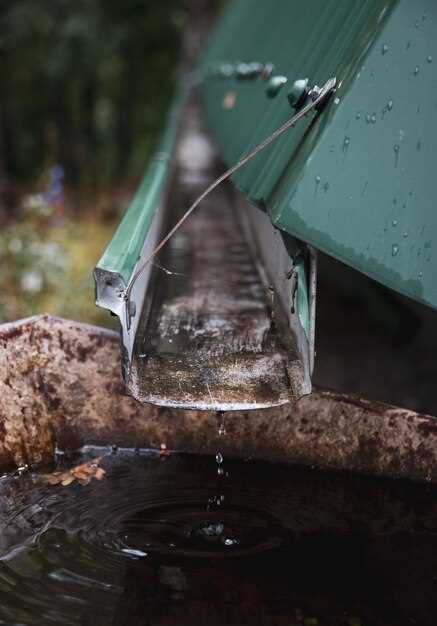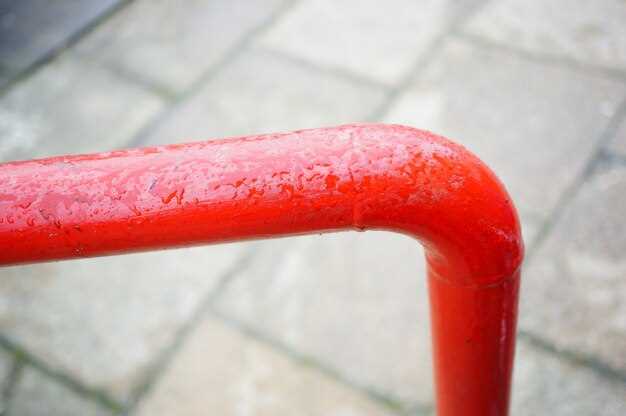
Water pumps play a crucial role in the efficient operation of various systems, from residential plumbing to irrigation and industrial processes. Understanding the signs of a failing water pump can save you both time and money, preventing potential damage to your plumbing system and ensuring that your water supply remains consistent and reliable.
One of the first indicators of a failing water pump is a noticeable drop in water pressure. If you find that your faucets or showerheads are producing less water than usual, it may signal a malfunction within the pump. Additionally, strange noises coming from the pump, such as grinding, rattling, or buzzing, can signify internal wear or mechanical failure. Paying attention to these sounds can help you identify issues before they escalate.
Another sign to watch for is the presence of leaks around the pump area. Even minor leaks can lead to significant problems if left unaddressed, as they may indicate a crack or damage within the pump housing. Lastly, keep an eye on the energy consumption of your system; a sudden increase in electricity usage could suggest that your pump is working harder than it should, potentially leading to premature failure. Recognizing these signs early on can help you take appropriate action and maintain your water system’s efficiency.
Unusual Noises Indicating Pump Issues

One of the most immediate signs that your water pump may be malfunctioning is the presence of unusual noises. If you begin to hear sounds such as grinding, banging, or whining, it’s essential to investigate further.
Grinding noises often indicate that the pump’s bearings are worn out or that there is debris caught inside the pump. This can lead to further damage if not addressed promptly. A consistent banging noise, known as “water hammer,” can result from sudden changes in pressure within the system, suggesting issues with valves or the overall pump design.
A high-pitched whining sound might point to a failing motor or an issue with the pump’s impeller. This noise signifies that the motor is straining to operate, which could lead to overheating and complete failure if left unchecked. Conversely, a low rumbling or throbbing noise can indicate a malfunctioning check valve or an air leak in the system.
If you observe any of these sounds, it is advisable to turn off the pump immediately and consult a professional. Timely action can prevent costly repairs and ensure the continued efficiency of your water system.
Inconsistent Water Pressure and Flow
One of the primary indicators of a failing water pump is inconsistent water pressure and flow. Homeowners may notice that the water coming from taps or hoses fluctuates between high and low pressure. This irregularity can cause inconvenience, making daily tasks such as showering, washing dishes, or doing laundry more difficult.
Variability in water pressure can stem from several issues related to the water pump. When a pump begins to fail, it may struggle to maintain a steady flow rate. This can result in sudden drops in pressure when multiple fixtures are used simultaneously. In some cases, a damaged or worn-out impeller may not be able to provide the necessary force to push the water through the system uniformly.
Moreover, air leaks in the system can lead to pressure inconsistencies. If air enters the plumbing, it can disrupt the water flow, causing sputtering faucets and irregular streaming. Such leaks can occur in the pump or along the pipe connections, further complicating the issue. Monitoring for unusual sounds, like banging or cycling noises, can also indicate problems with the pump’s operation.
Routine maintenance of your water pump is essential to prevent these inconsistencies. Neglecting to replace worn parts or clean filters can exacerbate flow problems, ultimately leading to pump failure. If you consistently experience fluctuations in water pressure and flow, it is advisable to have your water pump inspected by a professional to determine the root cause and prevent further damage.
Visible Leaks and Corrosion Around the Pump

One of the most evident signs of a failing water pump is the presence of visible leaks. If you notice water pooling around the base of the pump or dripping from its components, it’s crucial to investigate further. These leaks can indicate a breakdown in the seal or connections, which can lead to decreased efficiency and potential damage to the pump and surrounding areas.
Corrosion can also serve as a critical indicator of pump failure. If you observe rust, scaling, or discoloration around the pump, it may suggest that the metal components are deteriorating due to prolonged exposure to moisture. Corrosion affects the integrity of the pump, leading to potential operational failures if left unaddressed.
Both leaks and corrosion not only impact the performance of the pump but also reflect the overall health of the plumbing system. Regularly inspecting your pump for these signs can help you detect issues early, ultimately saving you time and money on repairs or replacements.


